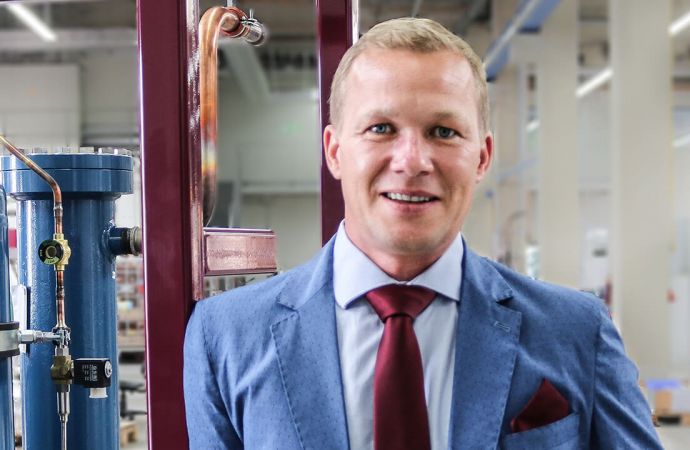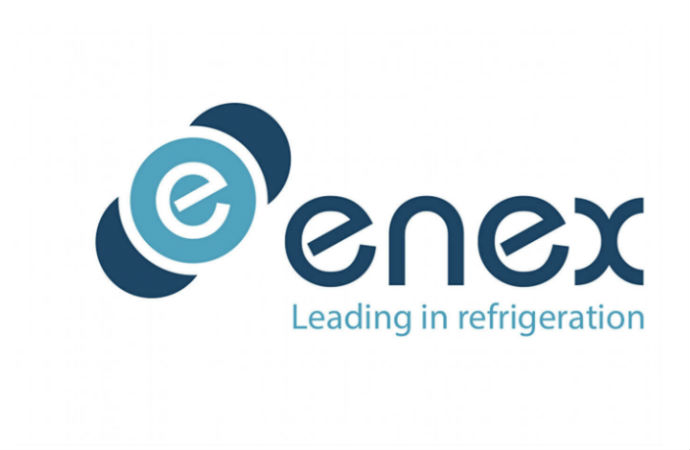Over 100 manufacturers, retailers, contractors and consultants gathered in the Italian city of Padova last week to hear how new developments in ejector technology are improving the performance of CO2 refrigeration systems in warm climates.

Sergio Girotto, president of Italian refrigeration design consultancy Enex – which organised the ‘ejector day’ held on 29 September – said the company had already installed nearly 50 systems that use both liquid and vapour ejectors to improve performance.
Girotto demonstrated how using ejectors in this way improves upon traditional booster system design. “This is critical in a southern European climate, because several component breakdowns were recorded using the conventional system in warm climates,” he said.
Overcoming the so-called ‘CO2 equator’ – the previously accepted geographical limit for cost-effective and efficient performance of CO2 systems in all food retail store formats – would dramatically extend the scope to use CO2 as a natural refrigerant across the spectrum, from smaller convenience stores to large hypermarkets.
Liquid and vapour compression delivering energy savings
Dario Agostini and Paul DuToit from Switzerland-based Frigo-Consulting demonstrated that using liquid and vapour compressors alongside auxiliary compressors delivers energy savings of 20-25% in comparison to systems based on auxiliary compressors only.
“When a standard booster system is installed in a cold climate, everything is fine, but when you install one in a warm climate several problems arise, due for example to high discharge temperature. More problems emerge when trying to increase efficiency by reducing superheat at evaporators – which can result in breakdowns of the compressors or heat exchangers,” Enex’s Girotto explained.
Armin Hafner, professor of refrigeration technology in the Department of Energy and Process Engineering at the Norwegian University of Science and Technology (NTNU), demonstrated that from a theoretical standpoint it is perfectly possible to achieve high efficiency with CO2 systems. Using liquid ejectors could deliver energy savings of around 15%. Used in conjunction with other new innovations in ejector technology, the total increase in efficiency can reach as much as 30%.
CO2 is now becoming a viable solution in ambient temperatures of up to 45 degrees Celsius."
- Giacomo Pisano, Dorin
Danfoss, Dorin showcase new CO2 technology
Danfoss’ Ekaterini Kriezi and Gabriele De Bona were also in Padova to showcase the Danish company’s new ejector range. The CTM model is an electronically controlled multi-ejector design for CO2 systems in commercial refrigeration applications, providing energy savings in warm climate conditions.
“The multi-ejector is capable of recovering energy while controlling the high pressure of the transcritical application, providing improvements in energy efficiency of 10% or more,” Kriezi told R744.com.
The multi-ejector solution has been engineered to overcome energy penalties associated with operating transcritical CO2 systems in high ambient temperatures, making transcritical CO2 systems more efficient than HFC systems in any climate zone,” she said.
“The multi-ejector solution also eliminates the need for redundant, cascade refrigeration systems,” Kriezi added.
Italian compressor manufacturer Dorin showcased its new series of large compressors. “We now have the largest CO2 compressor platform worldwide, with models featuring displacements of up to 53 m3/h,” said Sales Manager Giacomo Pisano.
“Ejector technology is efficient and reliable. CO2 is now becoming a viable solution in ambient temperatures of up to 45 degrees Celsius,” Pisano said.
Related stories






